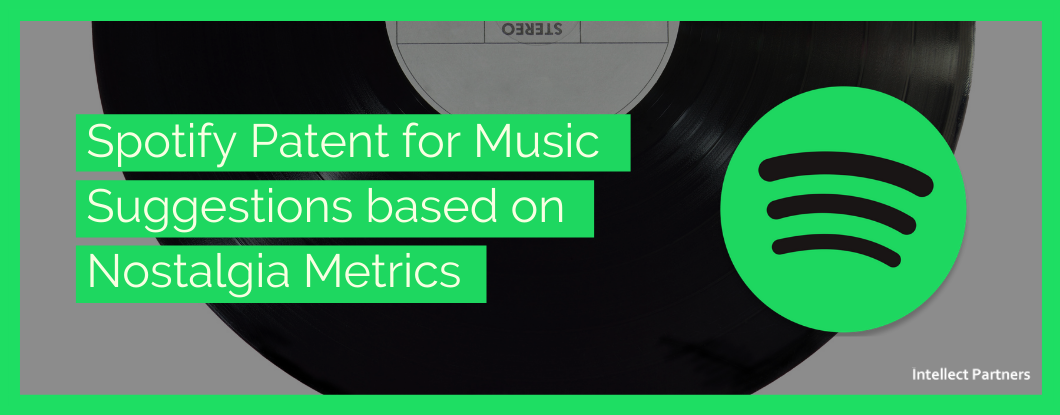In today’s digital age, we are constantly blasted with an overwhelming amount of information, products, and services. Recommendation systems have emerged as an invaluable tool to help us navigate through this vast sea of choices. Whether we are browsing an e-commerce website, streaming our favorite shows, or discovering new music, recommendation systems play a pivotal role in enhancing our online experiences. In this blog post, we will explore what recommendation systems are, how they work, and the underlying algorithms that power them.
What are Recommendation Systems?
A Recommender system predicts whether a particular user would prefer an item or not based on the user’s profile and user’s information. These systems aim to overcome information overload and provide personalized recommendations to a particular user.
The term recommender system provides personalized suggestions as a result and it affects the user in an individualized way to Favourable items from the large number of opinions. Recommendation systems are becoming increasingly important in today’s extremely busy world. People are always short on time with the myriad tasks they need to accomplish in the limited 24 hours. Therefore, the recommendation systems are important as they help them make the right choices, without having to expend their cognitive resources.
Understanding the Recommendation Algorithms:
Recommendation Algorithms: Recommendation algorithms are at the core of any recommendation system. There are several types of algorithms used, including.
- Content-Based Filtering: Content-based filtering recommends items similar to those a user has liked or interacted with in the past. It analyses item attributes and user profiles to identify patterns and make recommendations based on similarity.
- Collaborative Filtering: Collaborative filtering utilizes user behavior and preferences to recommend items. It looks for patterns and relationships between users with similar tastes and suggests items based on what similar users have liked or purchased.
- Hybrid Approaches: Hybrid approaches combine multiple algorithms to leverage the strengths of both content-based and collaborative filtering. By using hybrid models, recommendation systems can provide more accurate and diverse recommendations.
- Matrix Factorization: Matrix factorization techniques, such as Singular Value Decomposition (SVD) and Non-Negative Matrix Factorization (NMF), decompose the user-item interaction matrix into lower-dimensional matrices. These techniques capture latent factors or features that represent user preferences and item characteristics. By reconstructing the original matrix, the algorithm can predict the missing ratings or recommend items based on the inferred latent factors.
- Association Rules: Association rule-based algorithms discover relationships and associations between items based on the co-occurrence of items in user transactions. The algorithm identifies frequently occurring item sets and generates recommendations based on these associations. For example, if many users who purchase diapers also buy baby food, the algorithm may suggest baby food to users who have bought diapers.
Conclusion:
Recommendation systems have revolutionized the way we discover and engage with content, products, and services online. By harnessing the power of data and advanced algorithms, these systems provide tailored recommendations, enhancing user experiences and driving engagement. As technology advances, recommendation systems will continue to evolve, becoming even more accurate, personalized, and indispensable in our digital lives.
Remember, the next time you stumble upon a perfectly curated playlist or discover a book that seems tailor-made for you, you have recommendation systems.




